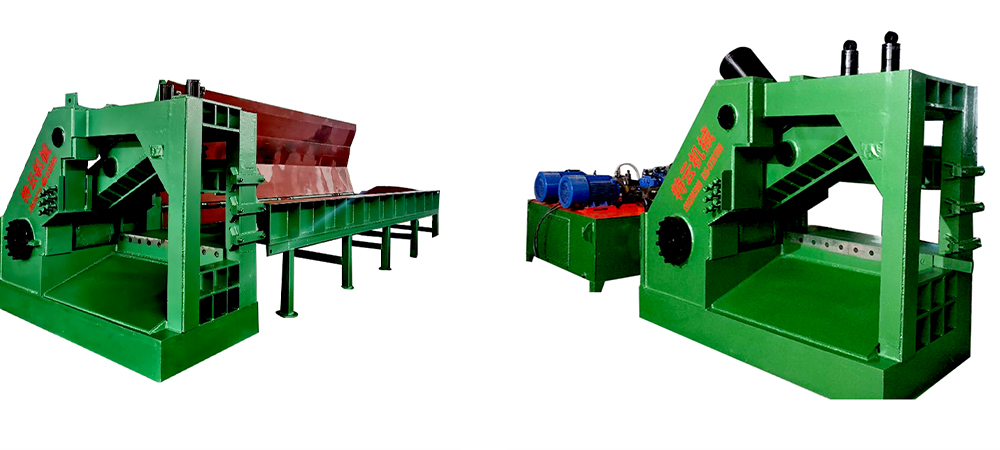The accurl automatic bending Angle measurement system of CNC bending machine is a system used to measure and adjust the bending Angle of CNC bending machine. It usually consists of sensors, data acquisition devices, control systems and display devices.
The sensor is usually an Angle sensor installed on a CNC bending machine to measure the Angle change during the bending process in real time. These sensors can be photoelectric sensors, laser sensors or displacement sensors, etc., which can accurately detect the bending Angle of the workpiece.
The data acquisition device is responsible for receiving the Angle data measured by the sensor and transmitting it to the control system for processing and analysis. These data acquisition devices usually output measurement results in the form of digital signals.
The control system is the core of the whole automatic bending Angle measurement system, which is responsible for receiving and processing the measured Angle data, and comparing and adjusting based on the preset bending parameters. The control system usually adopts microprocessor or embedded system to realize automatic control and adjustment.

Display devices are used to present measurement results to operators or engineers in an intuitive manner. Common display devices include liquid crystal displays or computer screens that display measured Angle values, graphical representations, or other relevant information to help the operator make immediate judgments and adjustments.
Through the automatic bending Angle measurement system of the CNC bending machine, the operator can monitor the bending Angle of the workpiece in real time, accurately control and adjust the working parameters of the CNC bending machine to meet the precise processing requirements, improve production efficiency and product quality. This kind of automation system can greatly simplify the operation process, reduce the human error, and improve the production efficiency and precision.
Welcome to consult more bending machine related knowledge!











